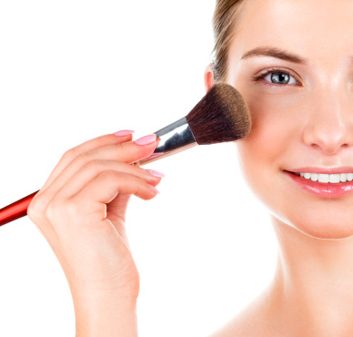
Why do beauty companies use preservatives?
While many people want to avoid chemical preservatives in beauty and personal-care products, manufacturers use them for two crucial reasons: efficacy and consumer protection. Preservatives aren’t required in all products (e.g., those with no water, such as oil- and wax-based lip balms; hermetically sealed products; and glycolic acid products with low pH). But where they are needed, they extend a product’s shelf life and prevent microbial growth that could lead to infection. Here’s a glossary of some commonly used chemical preservatives, with information on their safety. If you check the ingredients list on cosmetics, this article will arm you with the latest info.
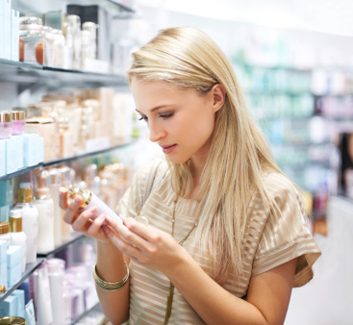
Parabens
Found in moisturizers, hair-care products, makeup and shaving products.
Parabens are commonly used in cosmetic products as preservatives; they are effective against a wide range of bacteria, yeast and moulds, thus protecting consumers and extending product shelf life. Commonly seen forms are methylparaben, ethylparaben, propylparaben, butylparaben, isopropylparaben and isobutylparaben. According to Health Canada, all commercially used parabens are produced synthetically (although some also occur naturally as preservatives in certain fruit), and are generally used at concentrations of 0.3 percent or less.
A small-scale 2004 U.K. study detected parabens in breast tumours. However, according to both Health Canada and New Jersey-based cosmetics chemist David Steinberg, author of Preservatives for Cosmetics, this study was found to be flawed. And despite extensive follow-up by other researchers, no causal relationship has been found between exposure to parabens and increased cancer risk. Health Canada, the U.S. Food and Drug Administration and The Cosmetic Ingredient Review (CIR) Expert Panel, a U.S. board that reviews and assesses the safety of ingredients in cosmetics, re-examined the safety of parabens in March 2012, and found them to be safe at current levels of exposure. Health Canada believes there is no reason for concern (it continues to monitor the science and new data). Still, the proverbial horse has left the barn, with many companies opting to go paraben-free.
Steinberg told Best Health there is no “quick fix” alternative to the use of parabens as a preservative, because a combination of ingredients is needed to achieve the same broad effect. He notes that some alternative preservatives that are effective in emulsions (i.e., creams and lotions) are not necessarily effective in cleansing products (shampoos and body washes), and vice versa.
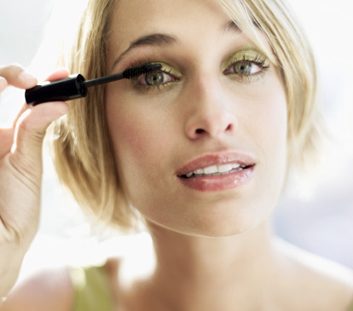
Phenoxyethanol
Found in eye makeup, foundation, skin-care products, moisturizers, hair-care products, facial cleansers and sunscreen.
Many companies that have turned their backs on parabens use phenoxyethanol instead. The cost is low, but it is not a strong preservative on its own, so it is often used as a carrier or solvent in combination with other chemical preservatives. Health Canada considers it to be safe, so does not place restrictions on phenoxyethanol levels. However, Japan’s Standards for Cosmetics restricts phenoxyethanol concentration levels to one percent, and cosmetics in Canada use the same maximum level.
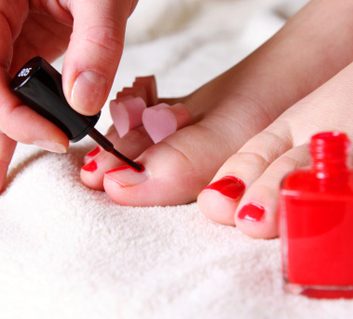
Formaldehyde donors
Found in skin- and hair-care products, and nail polish.
The four most commonly used forms of the family of synthetic preservatives known as formaldehyde donors are diazolidynyl urea, imidazolidynyl urea, DMDM hydantoin and quaternium-15. They are effective against bacteria but weak against yeast and moulds, and are therefore often combined with stronger chemical preservatives to assure a long shelf life. Japan’s Standards for Cosmetics restricts their use due to safety concerns regarding the release of formaldehyde. They are considered safe by the European Union’s Cosmetic Directive, and by Health Canada at up to 0.2 percent concentration.
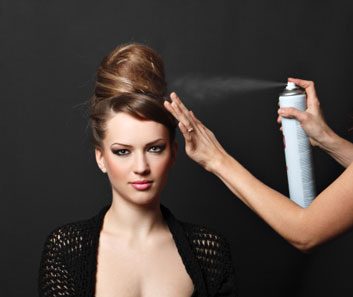
Methylisothiazolinone
Found in hair products, liquid soaps and some other bath products, some hand creams and sunscreens.
This chemical acts as a strong antibacterial, but is weak against yeast and moulds. In Canada and European countries, the maximum recommended level is 100 parts per million (ppm). It’s also used in combination with methylchloroisothiazolinone in shampoos and shower gels (rinse-off products) at a maximum level of 15 ppm. This combination is not always compatible with other cosmetic ingredients, so it is not widely used.
Health Canada allows the mixture of methylisothiazolinone and methylchloroisothiazolinone to be used in leave-on products up to 7.5 ppm, a concentration that has limited efficacy against yeast, moulds and some bacteria.
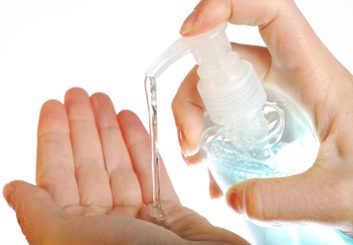
Triclosan
Found in antibacterial soaps, hand and body washes, mouthwashes, deodorants and toothpastes.
Triclosan is a synthetic ingredient used primarily as an antibacterial in personal care products, but can also be used as a preservative to slow the growth of microbes and to prevent spoilage of the product. In 2011, the CIR Expert Panel in the U.S. and the European Union’s Scientific Committee on Consumer Safety concluded that triclosan, used at current concentrations, is safe for use in personal care products. After its own assessments, the Government of Canada confirmed this in a March 2012 statement, noting that triclosan “in significant amounts” may pose a risk to the environment. The Canadian Cosmetic, Toiletry and Fragrance Association (CCTFA), an industry organization, is currently reviewing the scientific data.
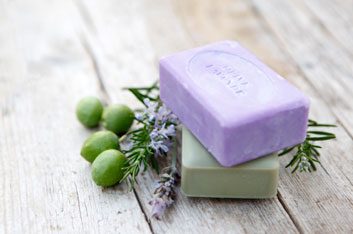
Other preservatives, including natural ones
You might also see ingredients like glyceryl caprylate, caprylyl glycols and ethoxydiglycol. They may be naturally derived or synthetic. These have limited efficacy on their own, but they might boost the efficacy of other preservatives.
Natural preservatives (e.g., turmeric and rosemary, and essential oils like lavender) may have some drawbacks, such as a strong odour and colour, or, like orange-seed extract, have low efficacy.
Another group of preservatives is the acidic preservatives such as benzoic acid and sorbic acid. Independent Quebec-based chemist Yves Lanctôt, who acts as a consultant to many cosmetic companies, says, “These two molecules are found in nature, and are approved by Ecocert and other ecological-certification bodies.” Companies often use the synthetic forms to reduce manufacturing costs. Lanctôt says the weak preservative properties of benzoic and sorbic acids are improved whenever the pH of the product is low, but there is a drawback: the lower the pH, the higher the potential for irritation to skin.
Related:
• The best eco-friendly beauty products
• The best in green beauty: Natural, organic, vegan and more
• Natural homemade scrubs, masks and bath products
